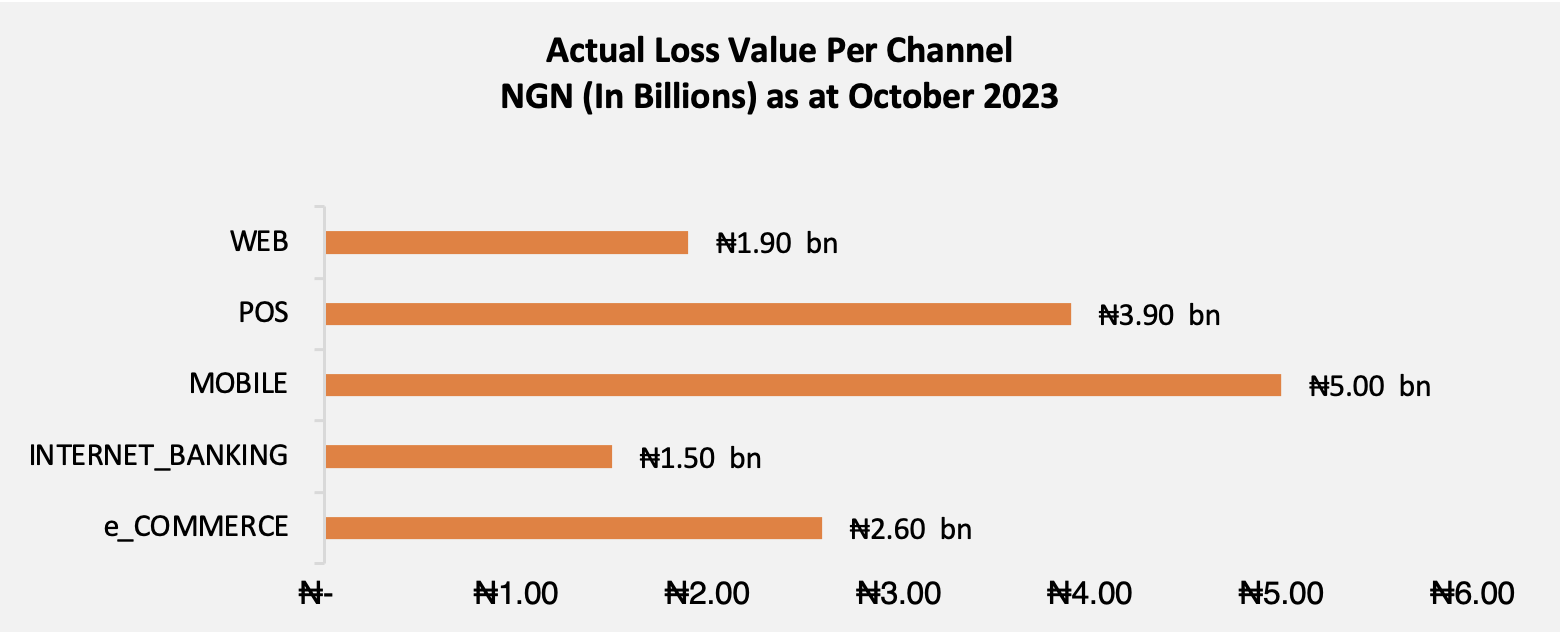Media Updates: Recent updates about NIBSS you may want to catch up with; News stories, Media mentions, Reports, views and chronicles of our activities
Latest Media Posts
The latest industry news, interviews, technologies, and resources.
NIBSS Executive Management Meeting with CeBIH and CHBO Members
Media Updates: Recent updates about NIBSS you may want to catch up with; News stories, Media mentions, Reports, views and chronicles of our...
Nigeria Recorded N600 Trillion e-Payment Transactions in 2023
Within a period of one year, the volume of financial transactions through mobile devices has more than doubled, a BusinessDay analysis from the Nigeria Interbank Settlement System (NIBSS) shows.
Directive to Disconnect Switches, Payment Solution Service Providers (PSSPs) and Super Agents from NIBSS Instant Payment (NIP) Outwards System
Directive to Disconnect Switches, Payment Solution Service Providers (PSSPs) and Super Agents from NIBSS Instant Payment (NIP) Outwards SystemMedia...




